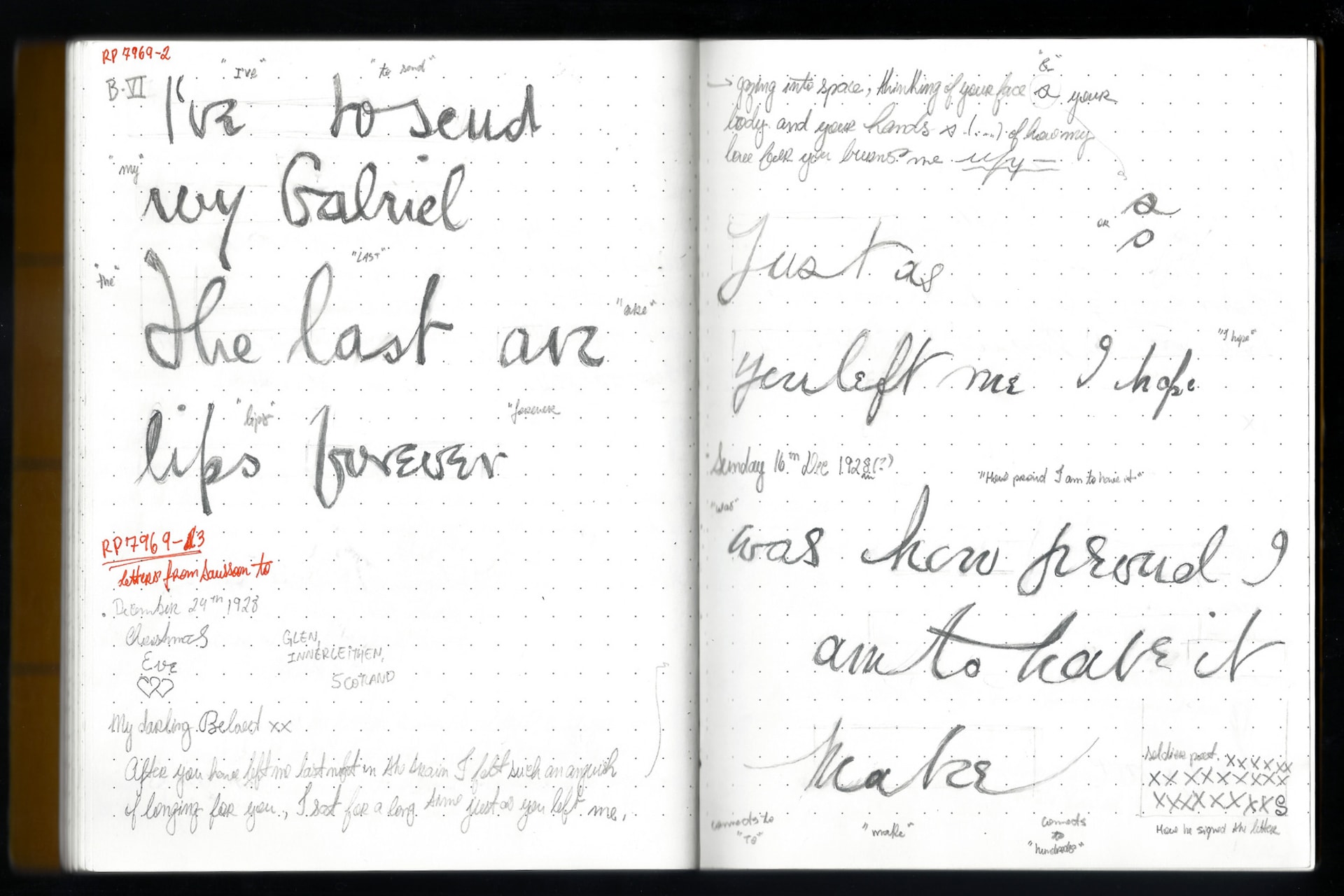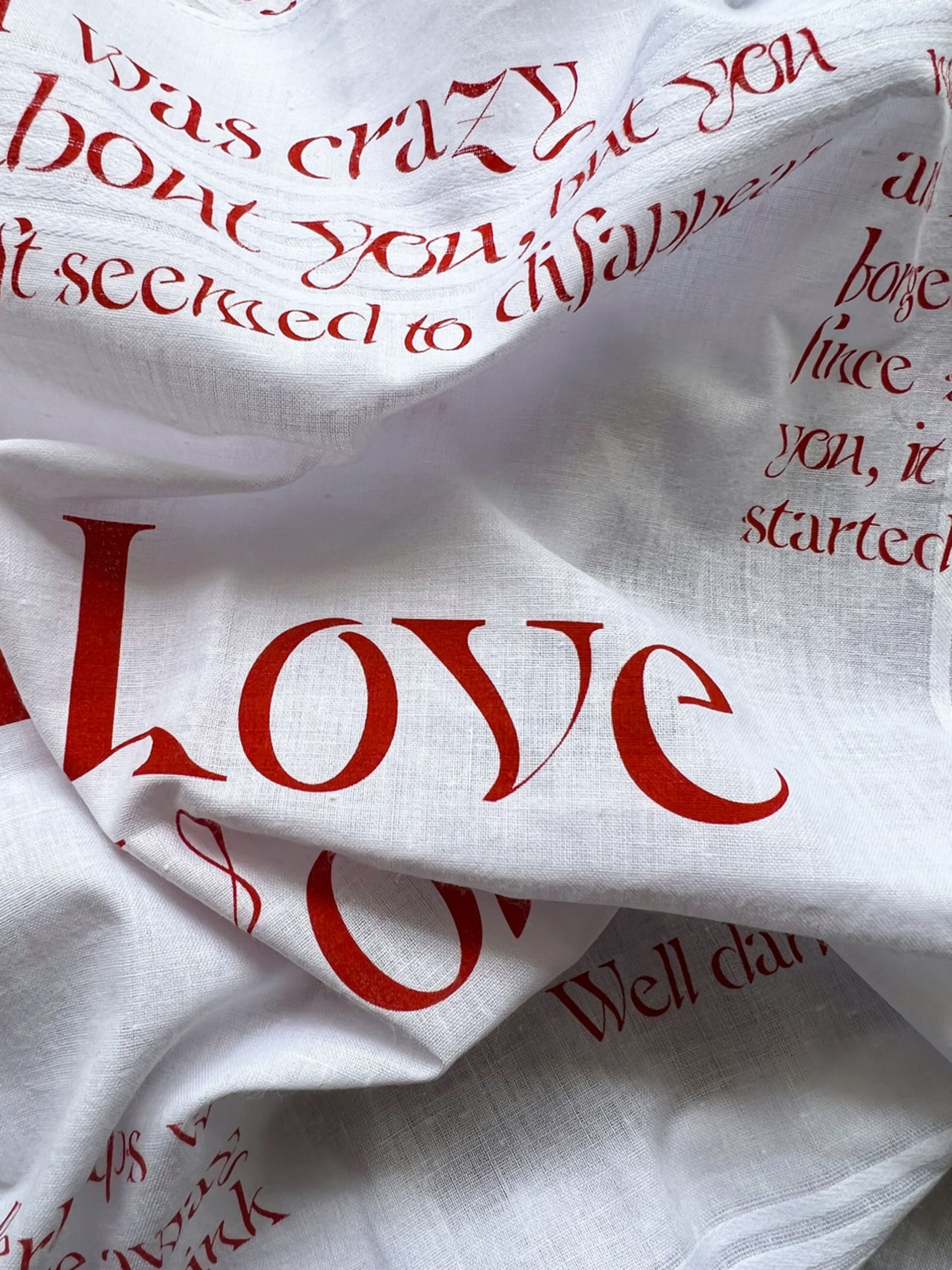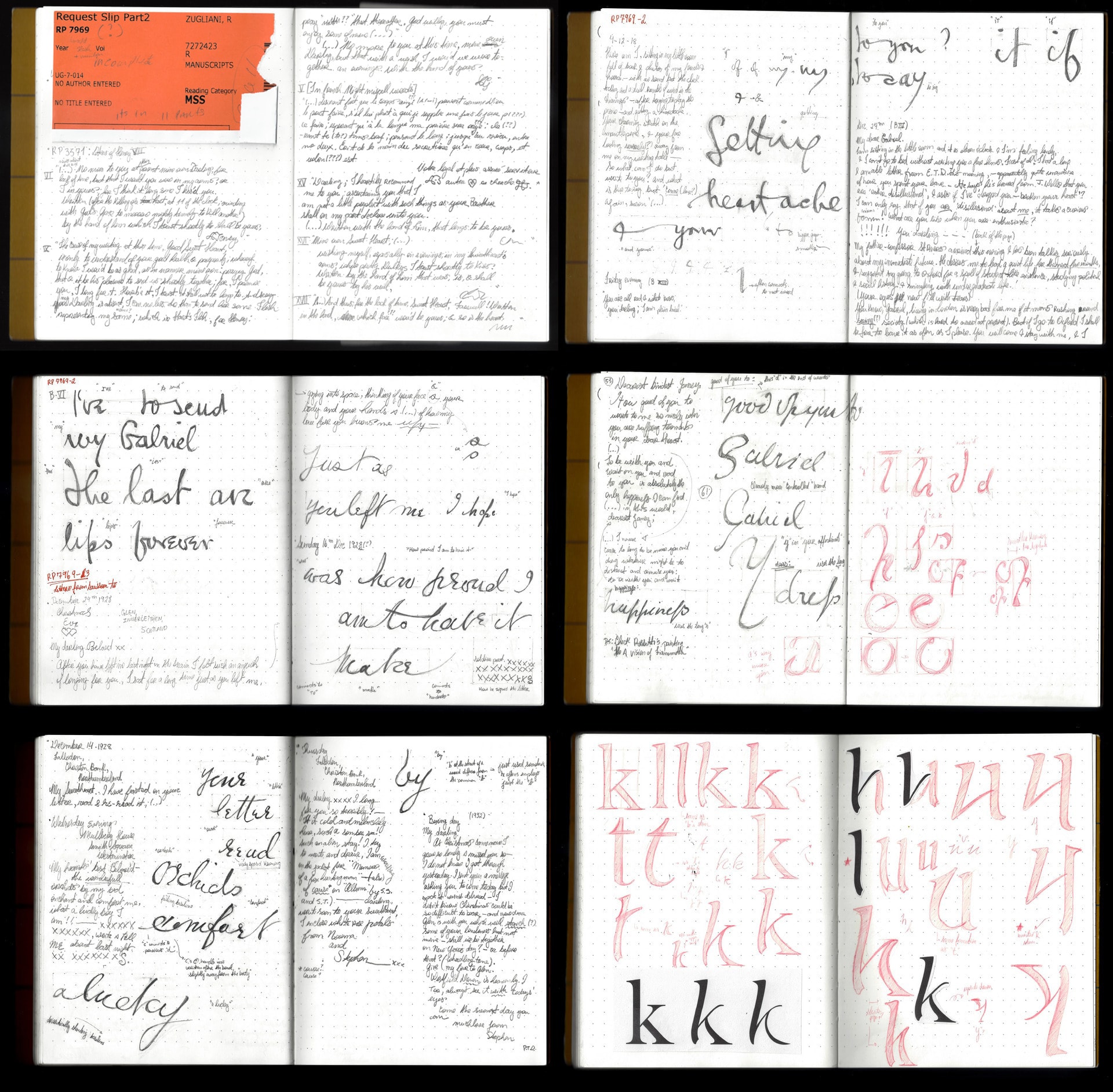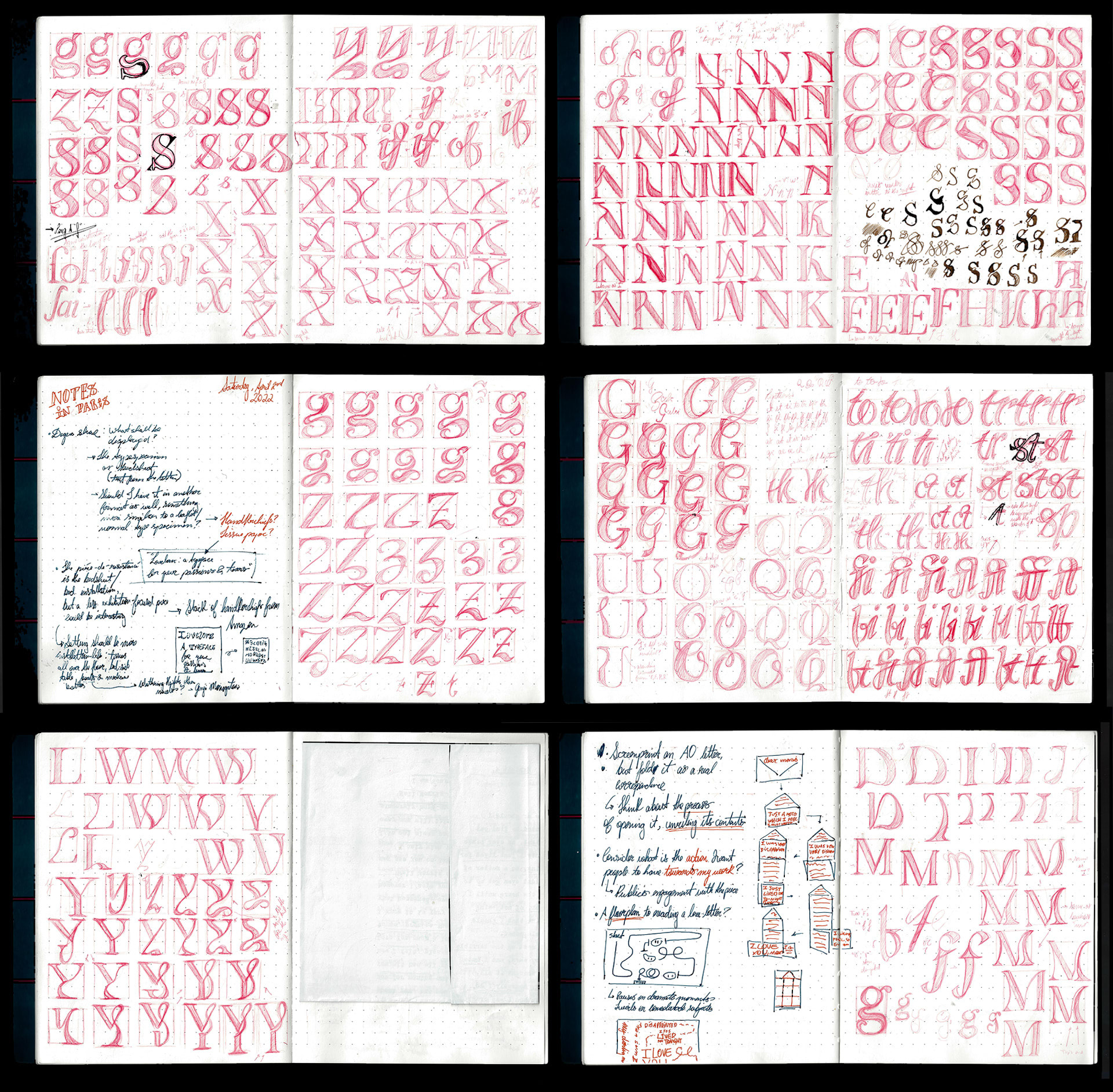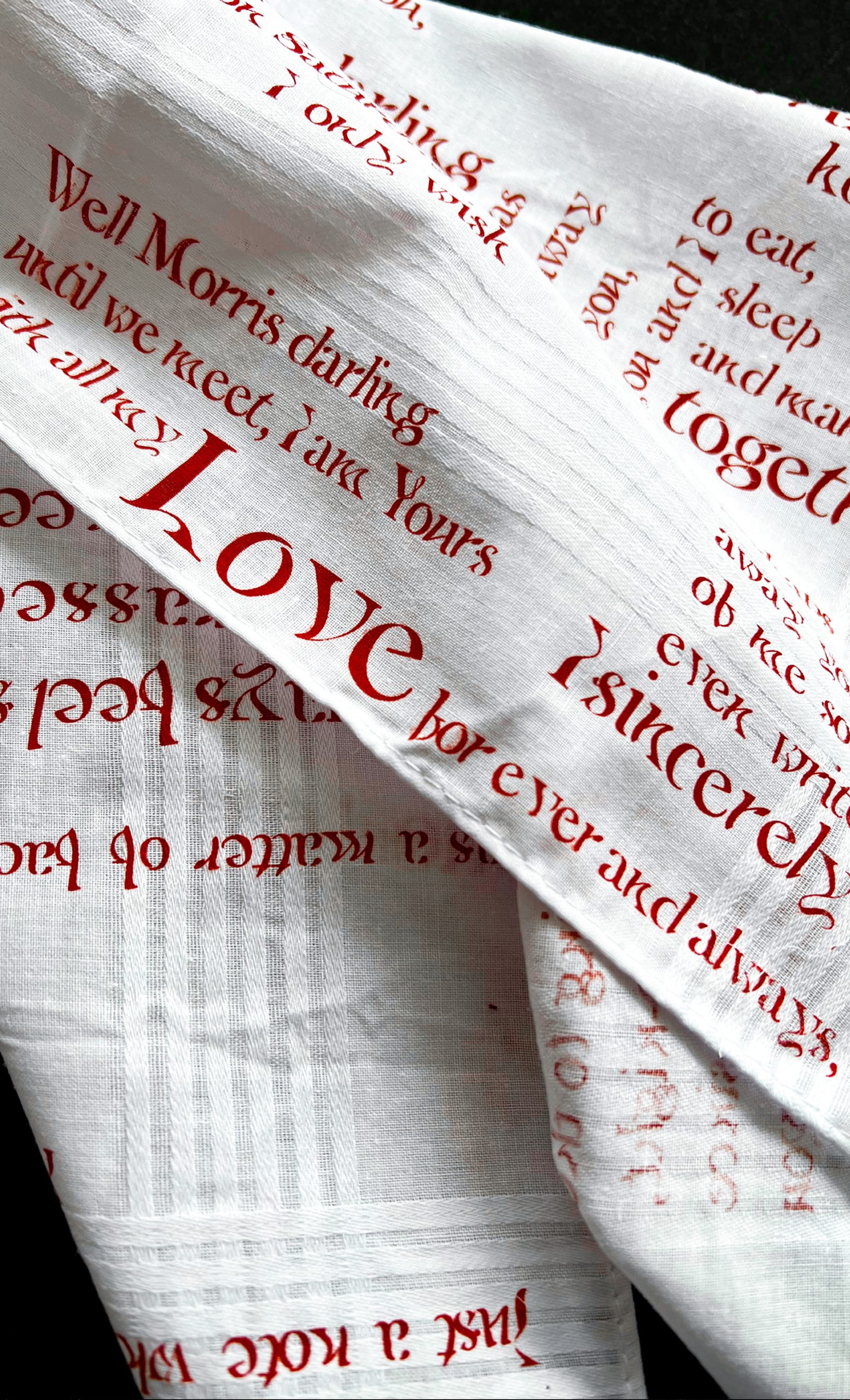I like archives, and I like historical things – and as a graphic designer, my passion is consolidated by using archival material to re-spark interest in overlooked aspects of our society, and broaden our perspectives when discussing social matters.
For me, research is inseparable form practice. So whichever approach I take for a project, my process will inevitably guide my choices for the media, tools and visual I employ.
I am a London based designer graduated from Central St Martins with a BA in Graphic Communication Design. Originally from Brazil, I have studied in Japan and now in the UK, which further informed my understanding of communication based on different cultural contexts.
Co-designer for Fugitive Voices lecture series started by Eleni Ikoniadou, with Andrea Sisó , Anya Landholt, Junyi Yan, Saba Mundlay, Scott Jones, , Shannan Hu, Oct 2021 - Present.
